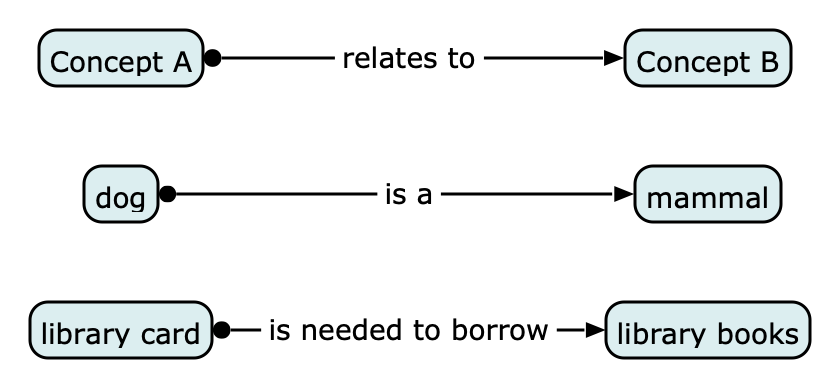Fast-Track to Understanding Your Clients: The Freelancer's Secret
Estimated reading time: 3 minutes.
Are you looking to cut down on your initial engagement timeline and start delivering real value to your clients from day one? Freelancers and knowledge workers, this one is for you!
We've all been there. New client, new jargon, and everyone seems to have their own unique interpretation of certain terms. I recall when the simple term “chassis” was borrowed from the automotive world and used in a project I was working on. It seemed straightforward initially, but the more people tried to explain it, the fuzzier it became. Some saw it as the whole software ecosystem; others viewed it as an abstraction layer. The confusion was rampant, but everyone was unknowingly talking past each other, slowing down the project significantly.
Here's where I pulled out my secret weapon - the Concept Map. Have you never heard of it? Let me enlighten you. A Concept Map is a visual tool that helps define and clarify terms or concepts by illustrating their inter-relationships. Think of it as a simplified diagram that anyone can grasp within a few minutes. It’s as easy to create as a Mind Map - you just put concepts in boxes and draw lines between them, accompanied by relevant verbs or prepositions.
Take a look at the example below:

Three Simple Concept Maps
This illustration shows three basic concept maps, each featuring two concepts linked by a relationship. Each connection narrates a story, such as “Concept A relates to Concept B”, “a dog is a mammal”, or “The library card is needed to borrow library books”. The brilliance of Concept Maps lies in their simplicity and ability to be easily modified based on new or corrected information. A bigger Concept Map on the topic of this article may look like this:

Concept Map for Freelancers, based on this article
Remember the chassis conundrum? I followed the Align Stakeholders Method: I drew a Concept Map with two individuals with similar interpretations of the term. As I presented it to more people, the differences in understanding surfaced, sparking some challenging yet productive discussions. Eventually, we ended up with a comprehensive Concept Map featuring 40 concepts, encapsulating the team's unified vision of "chassis." As a result, we saved at least a month of back-and-forth and set a trend of creating a Concept Map for every initiative. Or so we thought because when I presented the map to senior management and asked for their feedback, they were "not amused". We needed to further align our understanding with them (the creators of the Chassis concept) and save even more time because it turned out we were working against leadership’s intentions.
Simply put, a Concept Map is a practical tool that reveals discrepancies in understanding. And guess what? It’s super easy to use, making it an excellent tool for alignment in complex environments, potentially saving days or even months.
As freelancers or knowledge workers, starting a new engagement can be daunting. Utilising Concept Maps accelerates your understanding of the task and may help you identify and rectify misalignments.
But there's more to it! By reflecting on your understanding of the client, discussing its correctness, and delivering your first piece of actual work within the first few days, you establish a solid foundation for your engagement and demonstrate your immediate value.
Want to master the art of Concept Mapping? Don't hesitate to reach out! I'm here to guide you in ensuring your client's alignment.